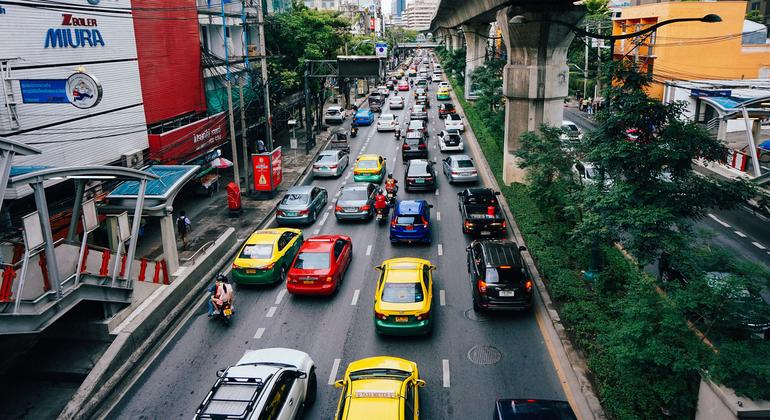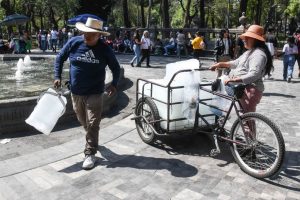The Vision Zero Fund of the International Labor Organization and sportswear company Nike on Monday launched a new initiative to reduce deaths and injuries among garment and shoe workers.
The union of the Fund and the US multinational seeks to understand why garment and footwear workers are vulnerable to injuries and deaths from commuting accidents
The joint initiative aims to develop a common and standardized approach to reduce this type of accident and adapt and replicate it in different contexts.
According to data handled by the Organization for Economic Cooperation and Development, 1.3 million people die annually on roads around the world and up to 50 million are injured. Commercial vehicles are involved in approximately between 10 and 22% of all traffic accidents in the world.
The clothing and footwear sector lead traffic accidents
The workers most involved in traffic accidents in many parts of the world belong to the footwear and clothing sectors.
Among the reasons that explain this situation are the long-distance travel of these people, the use of less safe means of transport, such as motorcycles, commuting to work on foot and the fact of sharing the roads with heavy commercial vehicles.
The focus of the project is to create a Theory of Change on road safety for garment workers, which was developed after consultations with workers, employers, governments and ILO specialists in various countries.
The hypothesis seeks to clarify the underlying causes of traffic accidents involving garment and footwear workers. The association will also develop practical and easy-to-use guidance materials on commuting safety to be placed in a country where Nike products are produced by contract manufacturing facilities.
Safe and healthy workplaces
The American company intends to offer safe, hygienic and healthy workplaces throughout its value chain, even when these are operated by other suppliers. This purpose is reflected in Nike’s Health and Safety Goal for 2025, which aims to build “world-class safe and healthy workplaces for the people who make our product.”
Nike’s Director of Health and Safety, Sittichoke Huckuntod, stressed that the multinational is aware that “a first-class supply chain is based on standards that show respect for the people who make and move our products, and the principles of a healthy and safe workplace,” he said.
Huckuntod noted that the initiative seeks to “increase collaboration with the Vision Zero Fund,” and that he believes “it will help Nike manufacturers lead in safety throughout the extended supply chain and beyond.”
For his part, the director of the global program of the Vision Zero Fund, Ockert Dupper, explained that “existing legislation and control mechanisms tend to focus on vehicle drivers, which falls short when it comes to offering sustainable solutions. That’s why we’re excited about partnering with Nike.”
Dupper added that the initiative “allows, in collaboration with the ILO’s Better Factories Cambodia, to identify the root causes that need to be addressed to reduce road traffic injuries and deaths, beyond vehicle drivers, and to develop an approach more efficient and uniform group to reduce commuting accidents in the clothing supply chain”.
*The ILO Vision Zero Fund It is based on a model of collective action, to develop and implement joint solutions to endemic safety and health problems in global supply chains. It operates in the agriculture, construction and clothing/textile supply chains, and is currently carrying out projects in eight countries on three continents. The Vision Zero Fund is part of the ILO flagship program Safety and Health for All , which aims to improve the health and safety of all workers around the world. It is a G7 initiative and has been endorsed by the G20.




![[Img #74662]](https://thelatestnews.world/wp-content/uploads/2024/12/Organisms-with-the-shortest-life-150x150.jpg)










Add Comment